Social pollution and smart urban mobility: what do they have in common?
Oslo, Hong Kong and other cities have improved urban mobility by countering social pollution. Have you ever heard of this?
Social pollution and smart urban mobility: what do they have in common?
Oslo, Hong Kong and other cities have improved urban mobility by countering social pollution. Have you ever heard of this?
Social pollution: a problem that affects many cities
A smart city is a city that uses information and communication technology (ICT) to improve the quality of life of its inhabitants.
To achieve this goal, it is necessary to enhance the areas that make a city one. For example, we talk about environemnt and living. The latter are some of the 6 characteristics on which the smart city rests.
The smart city is thus a dynamic city that is constantly changing to meet the citizens who populate it and the tourists who visit it. In order for everyone to experience it fully, however, it is necessary to move.
Thanks to commuting, in fact, we can go to work, school, go shopping, and visit friends. However, they can also be a source of pollution, both environmental and social.
We use our cars very often for even short trips. These produce greenhouse gas emissions, which contribute to climate change. Indeed, according to the European Environment Agency, transportation is responsible for 25% of the European Union’s greenhouse gas emissions. [1]
What about social pollution? Do you know what is meant?
It refers to the consequences that traffic causes to a person from a point of view of stress and frustration, but not only that. This kind of pollution also refers to:
- limited opportunities for socialization and participation in social life: when people are stuck in traffic, they are less able to connect with their friends and family. This can lead to feelings of isolation and loneliness. It can also make it difficult to participate in extracurricular activities or volunteer work,
- reduced physical activity: people who rely on private vehicles for transportation are less likely to get regular exercise. This is related to a number of health problems, including obesity.
- increased air pollution: traffic congestion is a major source of air pollution, that can cause respiratory problems, such as asthma and cardiovascular disease.
So?
Our transportation culture needs to change, and it needs to change right now. A smart city is one that is committed to reducing traffic jams and CO2 emissions. The latter is one of the main Strategic Climate Action Plan goals.
What are world nations doing?
Smart urban mobility: what it is and its cornerstones
Traffic jams, long commutes, noise and pollution have become major problems in almost every city. As the global population grows and becomes more urbanized, these problems will increase.
Urban mobility is therefore in need of radical change. The way we navigate cities is a complex topic with an ancient history, but it has a simplified future thanks to technology. Therefore, urban mobility gives way to smart urban mobility.
By leveraging technology to efficiently manage transportation infrastructure, cities can protect or rebuild neighborhoods.
Smart cities capture data from various inputs, such as cameras, and integrated devices on public transportation, and analyze them with Artificial Intelligence. They then share it through open data pools. This provides accurate information that can be used to improve mobility and the way people move into the city. Getting around and reaching to the various areas of the city is much easier.
In addition to technology, sustainability is another sphere related to smart urban mobility. In the context of travel, sustainability means ensuring that travel is done in a way that does not harm the environment or people’s health.
Smart urban mobility and its cornerstones, technology and sustainability, can counter social pollution and minimize it.
Some cities have already initiated policies in this regard in previous years and have already achieved satisfactory results.
Are there cities working toward the perfection of urban mobility?
As many as 60 cities have been analyzed to find out what the future of mobility will look like. That is the goal of the Urban Mobility Readiness (UMR) Index, worked on by The Oliver Wyman Forum with the University of California, Berkeley.
The 2022 edition emphasizes sustainability and public transportation as the basis of a resilient economy. Indeed, the current environment puts cities in a no-win situation. After recovering from the consequences of COVID-19, they absolutely cannot afford to be stuck and not modernize their mobility systems. They need efficient and equitable mobility networks to stimulate economic vitality.
The cities surveyed have implemented many strategies to achieve these goals.
Will these be the cities that lay the foundation for models to be replicated in other cities?
To answer this question we need to know which cities have distinguished themselves the most. Therefore we will present in order: San Francisco, Hong Kong, and Oslo, which have climbed the rankings for different reasons.
San Francisco is the first city in the overall UMR Index ranking. Certainly, its proximity to Silicon Valley companies and Stanford University have helped the city grow.
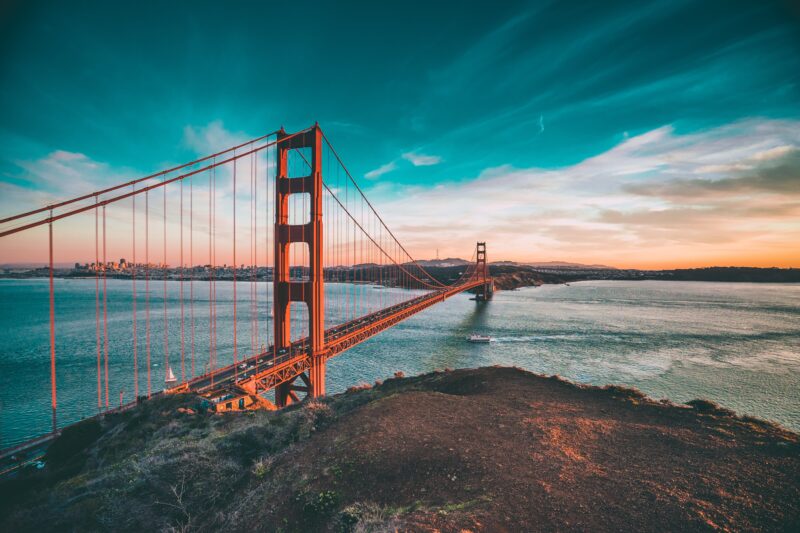
In 2022, San Francisco became one of the first cities in the world to allow commercial operations of self-driving cars. The city also offers strong incentives, such as rebates of up to about $10,000, for people to purchase electric vehicles. Although the use of public transportation is not as high, the city has introduced “slow” roads to benefit bicycle and pedestrian drivers.
San Francisco is not in the top 15 in sustainability or public transportation rankings. This is due to the city’s limited number of public transportation stations. This implies long walks to reach them and consequently low usage.
Hong Kong tops the new public transport sub-index. This measures how well cities maintain their mass transit networks and how many commuters use it.
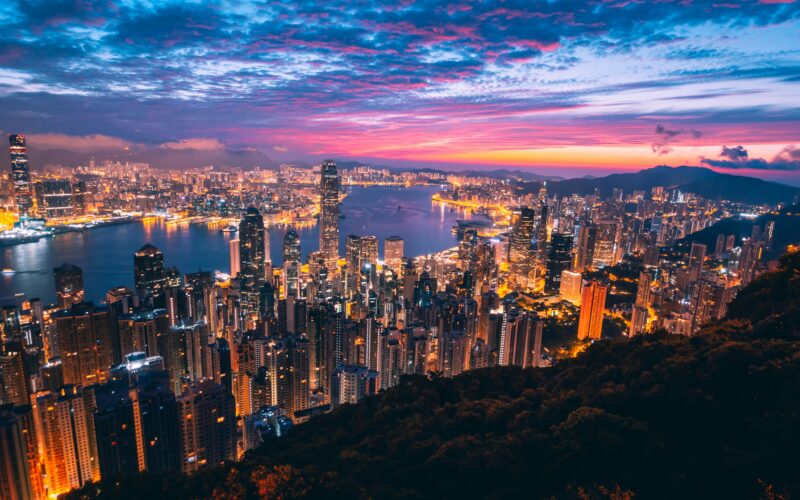
Hong Kong residents are avid users of public transport. They have the highest rate of public transport use in the world, despite not being available 24/7.
The Mass Transit Railway (MTR) serves 166 stations with very few delays or service disruptions. Given the high population density, the authorities’ priority has been to favor public transportation over private modes. They have also integrated the metro system into the city’s infrastructure. These are built on top of stations, and by 2021 the network had 1,550 station outlets. [2] Profits generated from real estate sales are used to finance new rail projects.
Oslo, the Capital of electric vehicle (EV), leads in the sustainable mobility sub-index for the second year. This indicator measures how well cities are implementing greener mobility and acting against the risks of climate change.
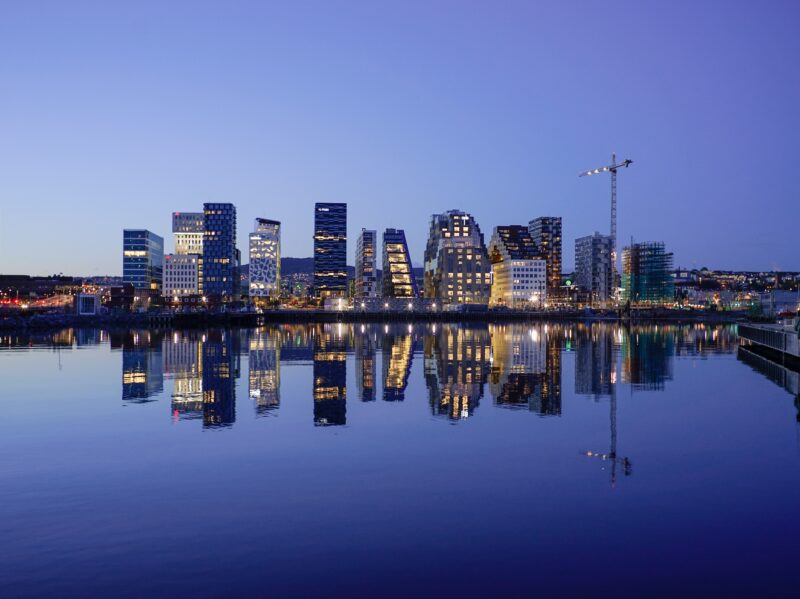
The city has a dense network of electric vehicle charging stations and offers a comprehensive package of incentives for its owners. Now, Oslo is home to so many EV drivers that the government is eliminating some incentives, such as free parking.
Oslo has initiated social impact policies, such as pedestrian zones that help reduce light pollution and congestion. It has also been working on a strong and affordable public transportation system. The city has ambitions to become one of the world’s first zero-emission cities. [3]
As can be seen, we have different strategies depending on the city. The common factor is about ensuring the means and opportunities for all citizens to be able to move everywhere while respecting the environment.
What works in one city may not work in another. Solutions are often city-specific and customized.
Each city is a case apart, it is true, but taking cues from these city examples could be the right strategy to implement true smart urban mobility.
Solving the problem of urban mobility and respecting the principle of equity is an urgent and very complex challenge. Are cities ready for this new challenge? We will see what happens in the coming years.
References:
-
-
- European Environment Agency (EEA). Online version: https://www.eea.europa.eu/it
- MTR Corporation limited. Online version: https://www.mtr.com.hk/archive/corporate/en/investor/annual2021/E13.pdf
- Olivier Wyman Forum. Online version: https://www.oliverwymanforum.com/mobility/urban-mobility-readiness-index.html
-
© Copyright 2012 – 2023 | All Rights Reserved
Author: Rossana Cascione, Digital Marketing Specialist
Social pollution: a problem that affects many cities
A smart city is a city that uses information and communication technology (ICT) to improve the quality of life of its inhabitants.
To achieve this goal, it is necessary to enhance the areas that make a city one. For example, we talk about environemnt and living. The latter are some of the 6 characteristics on which the smart city rests.
The smart city is thus a dynamic city that is constantly changing to meet the citizens who populate it and the tourists who visit it. In order for everyone to experience it fully, however, it is necessary to move.
Thanks to commuting, in fact, we can go to work, school, go shopping, and visit friends. However, they can also be a source of pollution, both environmental and social.
We use our cars very often for even short trips. These produce greenhouse gas emissions, which contribute to climate change. Indeed, according to the European Environment Agency, transportation is responsible for 25% of the European Union’s greenhouse gas emissions. [1]
What about social pollution? Do you know what is meant?
It refers to the consequences that traffic causes to a person from a point of view of stress and frustration, but not only that. This kind of pollution also refers to:
- limited opportunities for socialization and participation in social life: when people are stuck in traffic, they are less able to connect with their friends and family. This can lead to feelings of isolation and loneliness. It can also make it difficult to participate in extracurricular activities or volunteer work,
- reduced physical activity: people who rely on private vehicles for transportation are less likely to get regular exercise. This is related to a number of health problems, including obesity.
- increased air pollution: traffic congestion is a major source of air pollution, that can cause respiratory problems, such as asthma and cardiovascular disease.
So?
Our transportation culture needs to change, and it needs to change right now. A smart city is one that is committed to reducing traffic jams and CO2 emissions. The latter is one of the main Strategic Climate Action Plan goals.
What are world nations doing?
Smart urban mobility: what it is and its cornerstones
Traffic jams, long commutes, noise and pollution have become major problems in almost every city. As the global population grows and becomes more urbanized, these problems will increase.
Urban mobility is therefore in need of radical change. The way we navigate cities is a complex topic with an ancient history, but it has a simplified future thanks to technology. Therefore, urban mobility gives way to smart urban mobility.
By leveraging technology to efficiently manage transportation infrastructure, cities can protect or rebuild neighborhoods.
Smart cities capture data from various inputs, such as cameras, and integrated devices on public transportation, and analyze them with Artificial Intelligence. They then share it through open data pools. This provides accurate information that can be used to improve mobility and the way people move into the city. Getting around and reaching to the various areas of the city is much easier.
In addition to technology, sustainability is another sphere related to smart urban mobility. In the context of travel, sustainability means ensuring that travel is done in a way that does not harm the environment or people’s health.
Smart urban mobility and its cornerstones, technology and sustainability, can counter social pollution and minimize it.
Some cities have already initiated policies in this regard in previous years and have already achieved satisfactory results.
Are there cities working toward the perfection of urban mobility?
As many as 60 cities have been analyzed to find out what the future of mobility will look like. That is the goal of the Urban Mobility Readiness (UMR) Index, worked on by The Oliver Wyman Forum with the University of California, Berkeley.
The 2022 edition emphasizes sustainability and public transportation as the basis of a resilient economy. Indeed, the current environment puts cities in a no-win situation. After recovering from the consequences of COVID-19, they absolutely cannot afford to be stuck and not modernize their mobility systems. They need efficient and equitable mobility networks to stimulate economic vitality.
The cities surveyed have implemented many strategies to achieve these goals.
Will these be the cities that lay the foundation for models to be replicated in other cities?
To answer this question we need to know which cities have distinguished themselves the most. Therefore we will present in order: San Francisco, Hong Kong, and Oslo, which have climbed the rankings for different reasons.
San Francisco is the first city in the overall UMR Index ranking. Certainly, its proximity to Silicon Valley companies and Stanford University have helped the city grow.

In 2022, San Francisco became one of the first cities in the world to allow commercial operations of self-driving cars. The city also offers strong incentives, such as rebates of up to about $10,000, for people to purchase electric vehicles. Although the use of public transportation is not as high, the city has introduced “slow” roads to benefit bicycle and pedestrian drivers.
San Francisco is not in the top 15 in sustainability or public transportation rankings. This is due to the city’s limited number of public transportation stations. This implies long walks to reach them and consequently low usage.
Hong Kong tops the new public transport sub-index. This measures how well cities maintain their mass transit networks and how many commuters use it.

Hong Kong residents are avid users of public transport. They have the highest rate of public transport use in the world, despite not being available 24/7.
The Mass Transit Railway (MTR) serves 166 stations with very few delays or service disruptions. Given the high population density, the authorities’ priority has been to favor public transportation over private modes. They have also integrated the metro system into the city’s infrastructure. These are built on top of stations, and by 2021 the network had 1,550 station outlets. [2] Profits generated from real estate sales are used to finance new rail projects.
Oslo, the Capital of electric vehicle (EV), leads in the sustainable mobility sub-index for the second year. This indicator measures how well cities are implementing greener mobility and acting against the risks of climate change.

The city has a dense network of electric vehicle charging stations and offers a comprehensive package of incentives for its owners. Now, Oslo is home to so many EV drivers that the government is eliminating some incentives, such as free parking.
Oslo has initiated social impact policies, such as pedestrian zones that help reduce light pollution and congestion. It has also been working on a strong and affordable public transportation system. The city has ambitions to become one of the world’s first zero-emission cities. [3]
As can be seen, we have different strategies depending on the city. The common factor is about ensuring the means and opportunities for all citizens to be able to move everywhere while respecting the environment.
What works in one city may not work in another. Solutions are often city-specific and customized.
Each city is a case apart, it is true, but taking cues from these city examples could be the right strategy to implement true smart urban mobility.
Solving the problem of urban mobility and respecting the principle of equity is an urgent and very complex challenge. Are cities ready for this new challenge? We will see what happens in the coming years.
References:
-
-
- European Environment Agency (EEA). Online version: https://www.eea.europa.eu/it
- MTR Corporation limited. Online version: https://www.mtr.com.hk/archive/corporate/en/investor/annual2021/E13.pdf
- Olivier Wyman Forum. Online version: https://www.oliverwymanforum.com/mobility/urban-mobility-readiness-index.html
-
© Copyright 2012 – 2023 | All Rights Reserved
Author: Rossana Cascione, Digital Marketing Specialist

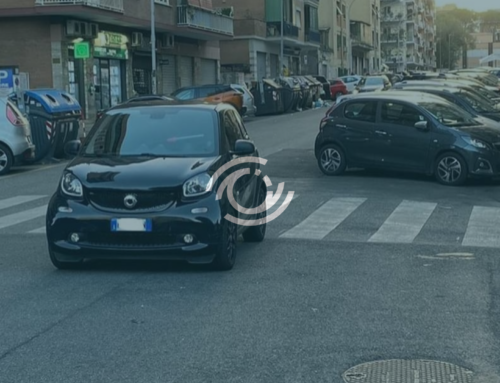


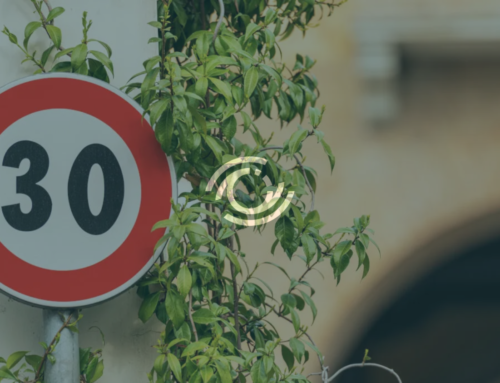

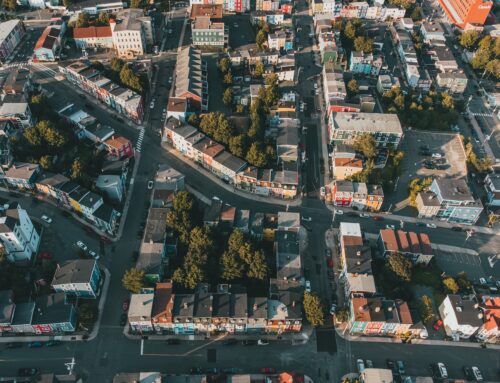


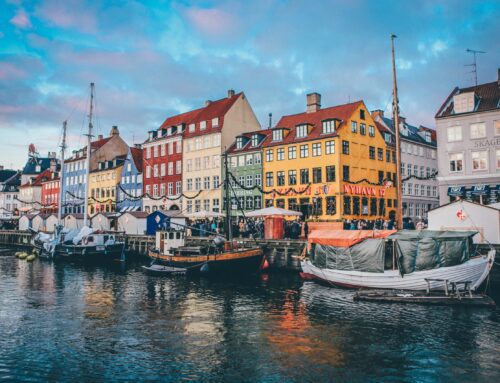
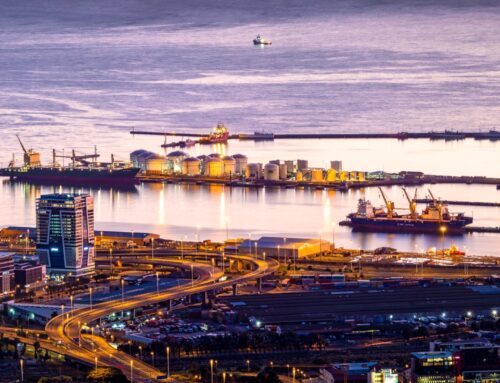

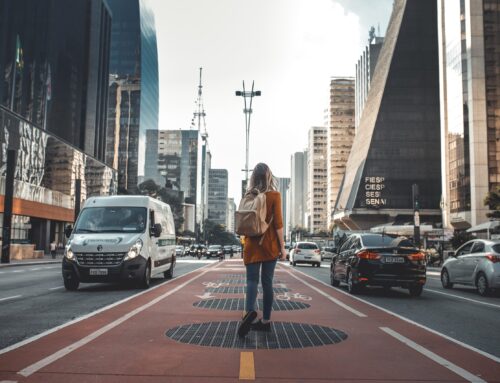
This is a really good tip especially to those fresh to
the blogosphere. Short but very accurate information… Many thanks for sharing this one.
A must read post!
Simply desire to say your article is as astounding. The clarity in your
post is just great and i can assume you are an expert on this subject.
Well with your permission allow me to grab your feed to keep up to date with forthcoming post.
Thanks a million and please keep up the rewarding work.
I’ve read several good stuff here. Definitely value bookmarking for revisiting.
I wonder how much attempt you put to create this sort of great informative site.
My brother suggested I might like this web site. He was totally right.
This post truly made my day. You cann’t imagine simply how much
time I had spent for this information! Thanks!
I visited several web pages however the audio quality for audio songs present at this web page is really fabulous.
But wanna input on few general things, The website style is perfect, the subject material is real wonderful : D.
It’s remarkable to pay a quick visit this web site and reading the views of all colleagues regarding this paragraph, while I am also eager of getting familiarity.